Strengthening the accreditation of training programs to international standards
In the context of increasingly deep international integration, the quality of human resources is considered the "golden key" that determines the competitiveness of the economy . The draft document submitted to the 14th National Party Congress clearly defines the goal: to develop a number of vocational training institutions, training sectors and occupations to reach the level equivalent to the region and the world. This is both a strategic requirement for the vocational education system and a measure of the competitiveness of Vietnam's human resources in the integration period.
The country currently has more than 1,800 vocational training establishments, but only about 45 establishments have been selected for high-quality investment, of which only 20 establishments aim to meet regional or international standards, mainly focusing on the technical - technological sector. To realize the goal of having 70 high-quality establishments by 2030, of which 40 meet regional and world standards, requires a strong transformation from investment and inspection mechanisms to international cooperation.

Dr. Vo Hong Son, Principal of the College of Commerce (Da Nang) said that in fact, vocational training institutions have been making efforts to invest in key directions. The industries and professions identified as spearheads all have their own budget mechanisms to invest in equipment, modernize facilities, and at the same time closely follow the professional orientation and guidance of the Department of Vocational Education and Continuing Education ( Ministry of Education and Training ). However, this process still faces many difficulties due to the slow innovation of resource allocation mechanisms and investment regulations.
The College of Commerce aims to become a key school in specific sectors, focusing on investment in innovation and development of training programs towards internationalization. The school has proactively built key programs at the grassroots level. Specifically, the programs are built according to ASEAN standards, thereby investing in equipment, transferring technology, and improving training quality.
Currently, the College of Commerce has three key majors: Accounting, Import-Export and Hotel Management, developed according to domestic and ASEAN standards. Internationalization of programs, technology transfer and training cooperation with foreign countries are becoming strong trends. Some majors such as Hotel Management and Restaurant Management have initially had students participate in internships and work abroad, contributing to affirming the integration capacity of Vietnam's vocational education.
In addition, the school is building a registration profile for Logistics, E-commerce, and Beauty Care majors in the list of national key majors for the period 2026-2030, aiming towards ASEAN regional standards.
The Principal of the College of Commerce believes that, to achieve this goal, vocational education quality assessment must be considered a mandatory requirement. There is no binding mechanism for all vocational training schools to participate in quality assessment.
According to Mr. Son, meeting the standards for vocational training institution accreditation is a commitment of the school's responsibility to learners and the community. This is also the basis for affirming the school's position on the vocational training network planning map, opening up favorable opportunities in domestic and foreign cooperation relationships. However, each vocational training institution will have different goals and directions, while accreditation is not mandatory. Therefore, not all vocational schools are enthusiastic about implementing it.
Promoting the school-enterprise model
For key sectors, there are currently separate budget sources to invest in equipment and facilities for training. The College of Commerce always follows the support program of the Department of Vocational Education and Continuing Education (Ministry of Education and Training) and management agencies to receive guidance and participate in investment projects in key national sectors. In addition, the school also proactively exploits national target programs to seek additional investment resources, especially in purchasing and upgrading facilities.

According to Dr. Vo Hong Son, vocational training institutions need to focus on promoting the socialization of education, linking training with the actual needs of businesses. To do so, it is necessary to design and adjust training programs in the direction of increasing practice, organizing direct training at businesses; at the same time, inviting businesses to participate in the teaching process through topics, modules or practical instructions.
The College of Commerce has effectively implemented the “school-enterprise” model. This is a way to take advantage of the existing facilities and equipment of enterprises, while also providing students with many opportunities to practice professional skills, helping to shorten the gap between national and regional standards.
From practical implementation, Dr. Vo Hong Son said that it is necessary to have a more flexible investment mechanism for schools outside the national key list but with the potential to develop to regional standards; encourage direct international cooperation between training facilities and foreign enterprises and organizations; at the same time promote socialization of investment in equipment and training programs, and integrate enterprises into the entire training process.
Developing vocational training institutions that meet regional standards is not only the task of the vocational training sector, but also a strategic requirement in developing national human resources. When investment, autonomy and linkage policies are completed, Vietnam's vocational training can fully reach new heights and make a worthy contribution to the goal of improving the competitiveness of the economy in the new period.
Source: https://giaoducthoidai.vn/chuan-hoa-chuong-trinh-dao-tao-giao-duc-nghe-nghiep-huong-toi-chuan-quoc-te-post756140.html


![[Photo] The "scars" of Da Nang's mountains and forests after storms and floods](https://vphoto.vietnam.vn/thumb/1200x675/vietnam/resource/IMAGE/2025/11/13/1762996564834_sl8-jpg.webp)
![[Photo] General Secretary To Lam visits Long Thanh International Airport Project](https://vphoto.vietnam.vn/thumb/1200x675/vietnam/resource/IMAGE/2025/11/13/1763008564398_vna-potal-tong-bi-thu-to-lam-tham-du-an-cang-hang-khong-quoc-te-long-thanh-8404600-1261-jpg.webp)










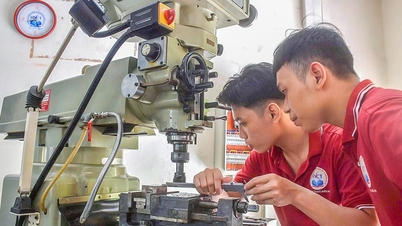


















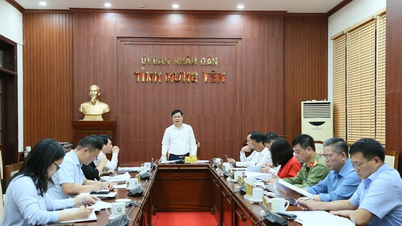
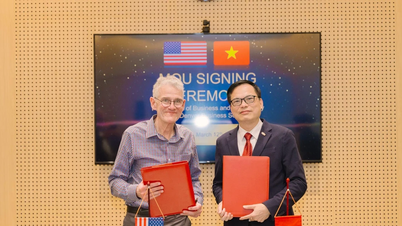
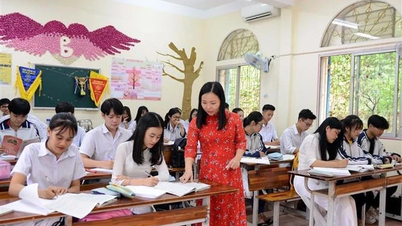
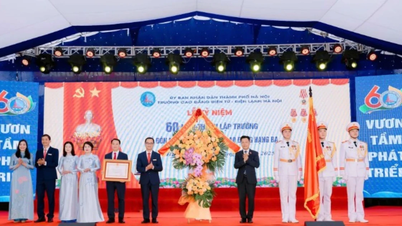

















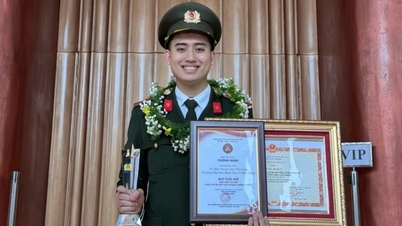


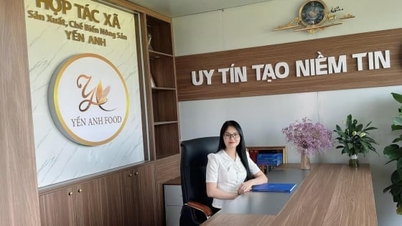















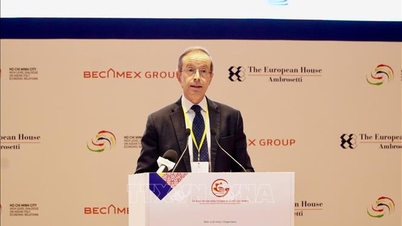

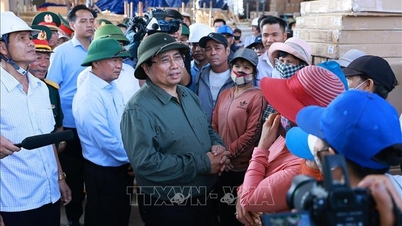







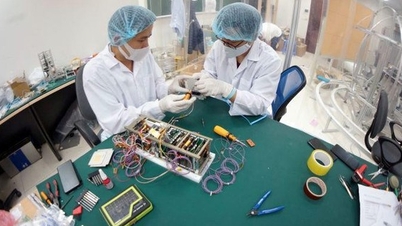




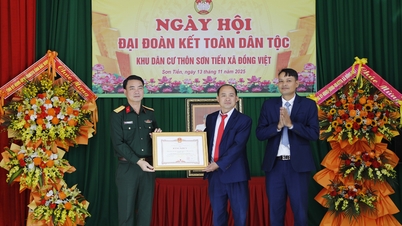



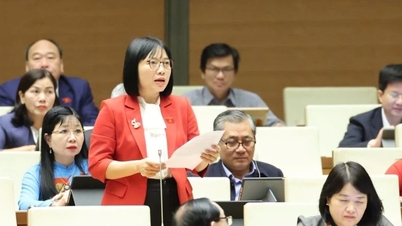






![Dong Nai OCOP transition: [Article 3] Linking tourism with OCOP product consumption](https://vphoto.vietnam.vn/thumb/402x226/vietnam/resource/IMAGE/2025/11/10/1762739199309_1324-2740-7_n-162543_981.jpeg)








Comment (0)